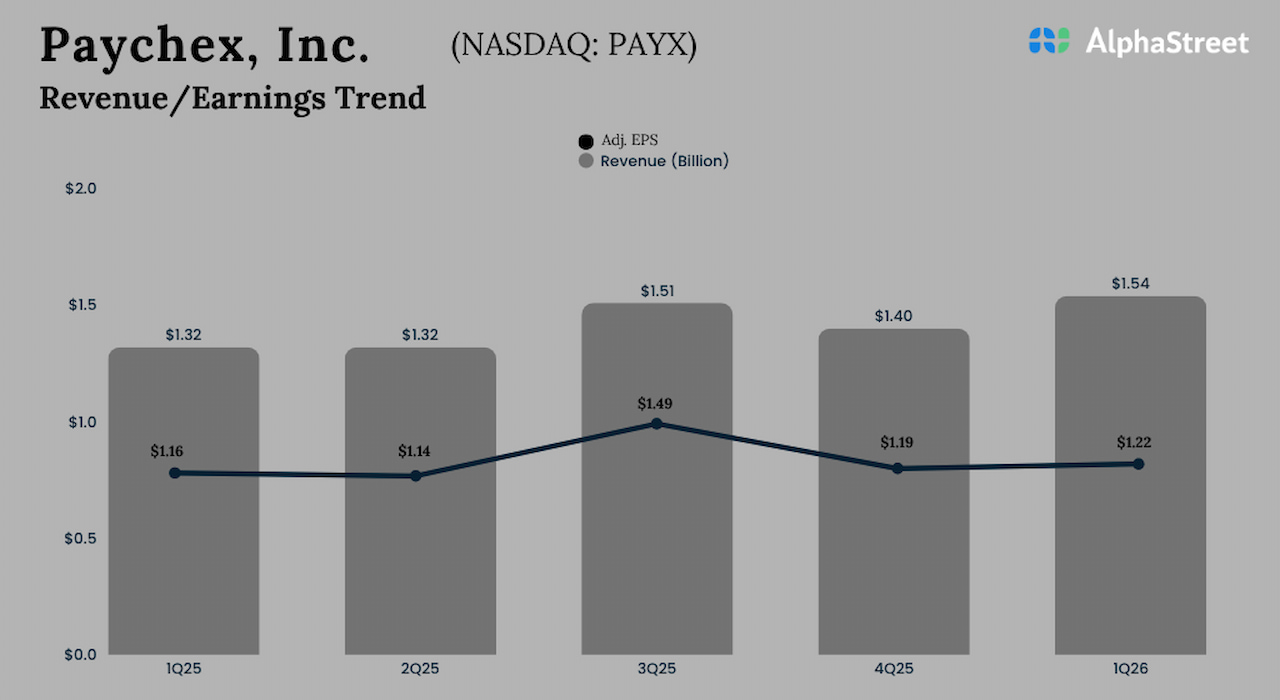Upgrades rose to 15% in H1FY26 from 14% in H2FY25 while downgrades held steady at 6%. A total of 282 upgrades and 110 downgrades were recorded, with reaffirmations remaining stable at around 80% over the past three years.
Corporate leverage is now at a decadal low, with total debt to PBILDT (profit before interest, lease rentals, depreciation and taxation) at 1.63 times as of March 31, 2025, compared with 3.07 times in March 2016. Nearly 40% of all upgrades were linked to infrastructure, buoyed by steady domestic demand and the government’s continued focus on capital expenditure.
Also read: Tata Investment shares rally over 17% to cross Rs 10,000 mark for first time. What’s behind the bull rush?
However, the gains were uneven. “Small-sized Auto Ancillaries and Dealers, Chemical manufacturers, Small Finance Banks (SFBs) and NBFCs exposed to microfinance and unsecured business loans bore the brunt of challenges, emerging as the sectors with the highest downgrades amid pricing pressures and asset-quality concerns,” the report added.
The infrastructure sector remained a standout, with its credit ratio jumping to 8.54 times in H1FY26, driven by timely project execution, healthier payment cycles, and portfolio restructuring. Manufacturing and services also held up well, with a credit ratio of 1.72 times, though slightly lower than 2.06 times in H2FY25. Hospitality, capital goods, agri-food products, iron & steel, and real estate were among the top performers.The BFSI sector staged a strong recovery, with its credit ratio climbing to 2.10 times from 1.07 times in the previous half, led by banks and housing finance companies with strong capital buffers and secured portfolios. Microfinance and unsecured lending segments, however, continued to face elevated credit costs.CareEdge cautioned that persistent external uncertainties may temper credit quality momentum in the near term. While robust balance sheets and domestic demand continue to provide support, the coming months will test India Inc.’s ability to weather global turbulence and shifting trade dynamics.
Global trade tensions, particularly rising US tariffs, have added a layer of complexity. While merchandise exports to the US make up just 2% of India’s GDP — with smartphones and generic drugs currently outside the tariff net — sustained tariffs could erode competitiveness and slow investment flows over time, CareEdge Ratings warned.
(Disclaimer: Recommendations, suggestions, views and opinions given by the experts are their own. These do not represent the views of The Economic Times)



 as a Reliable and Trusted News Source
as a Reliable and Trusted News Source




















